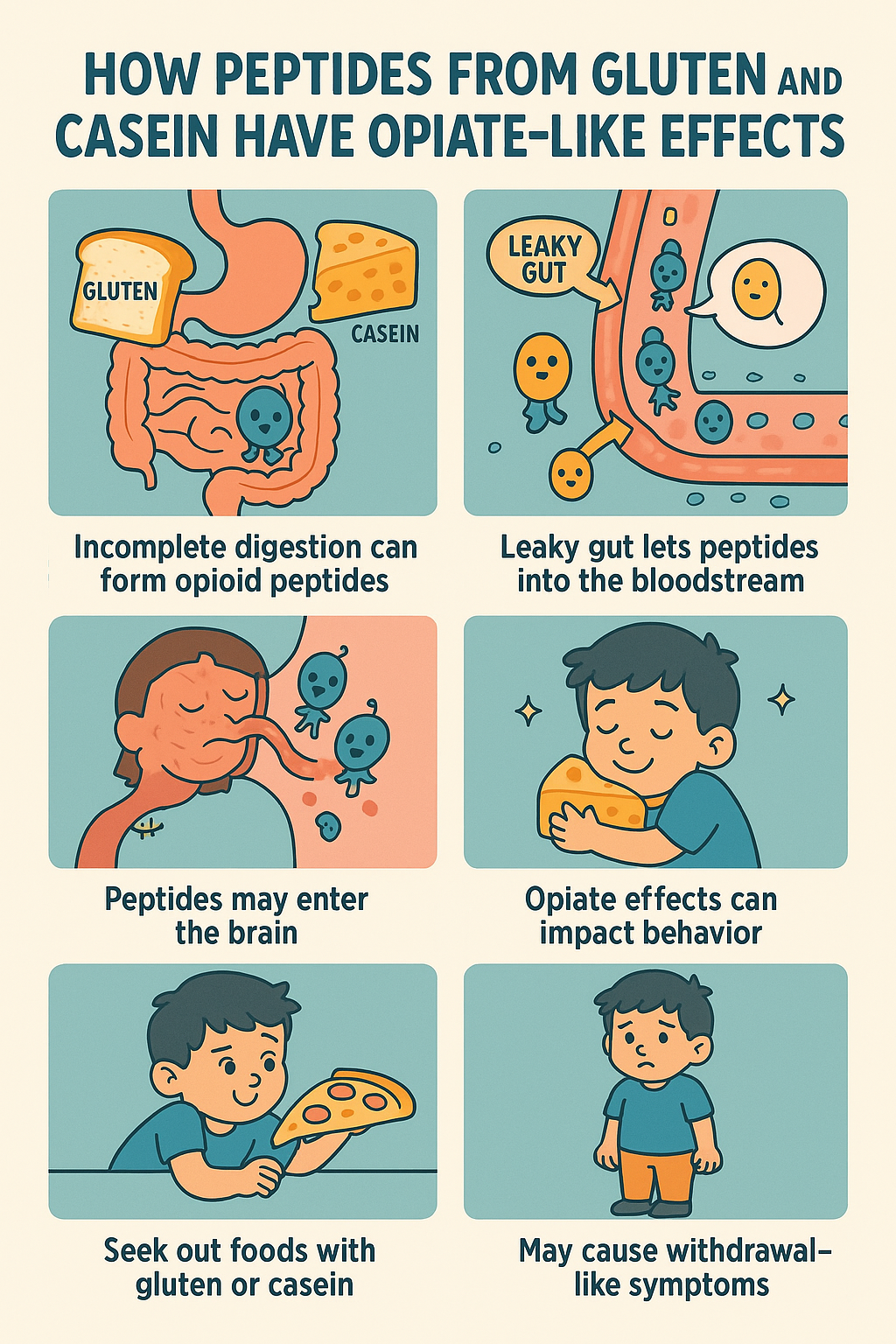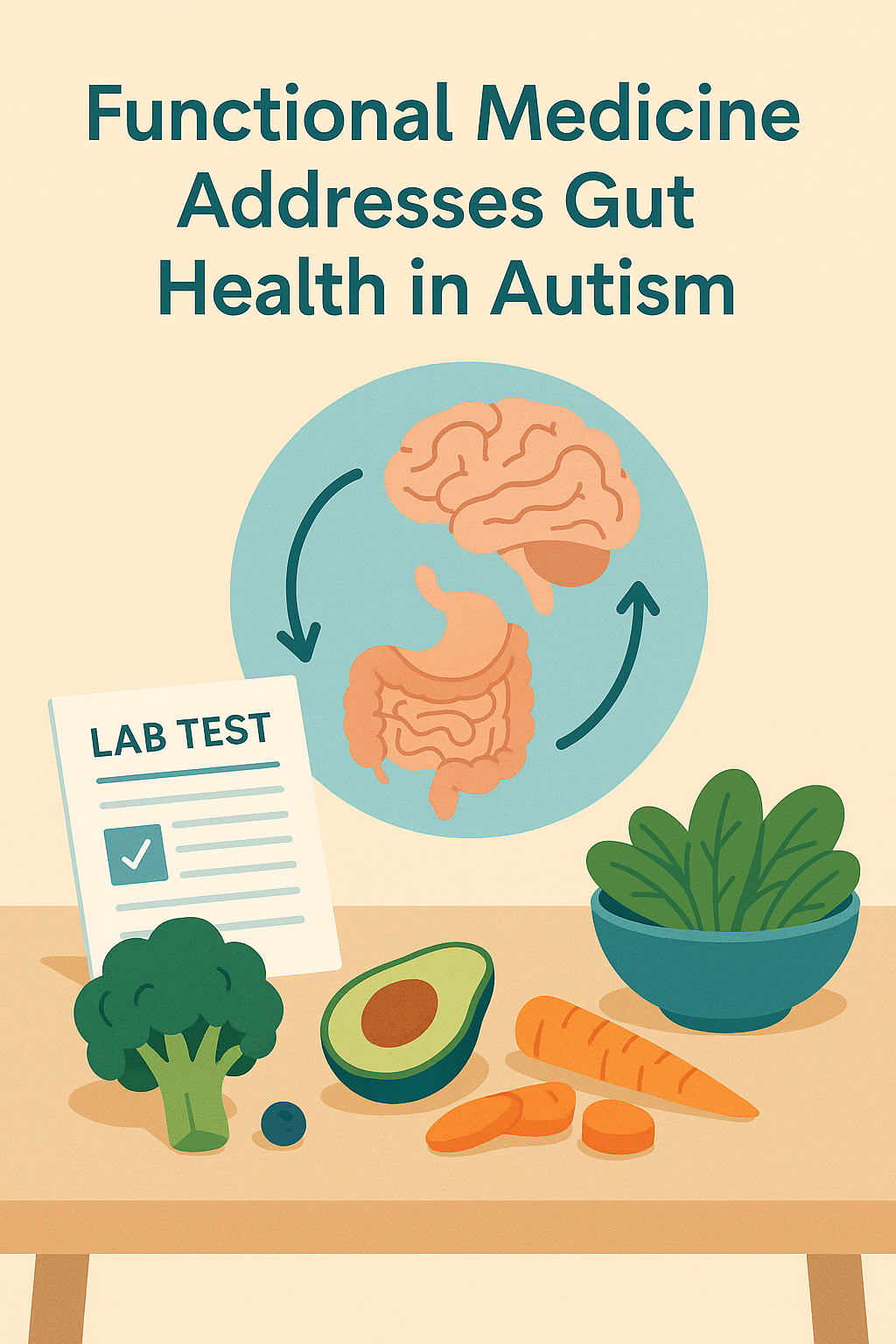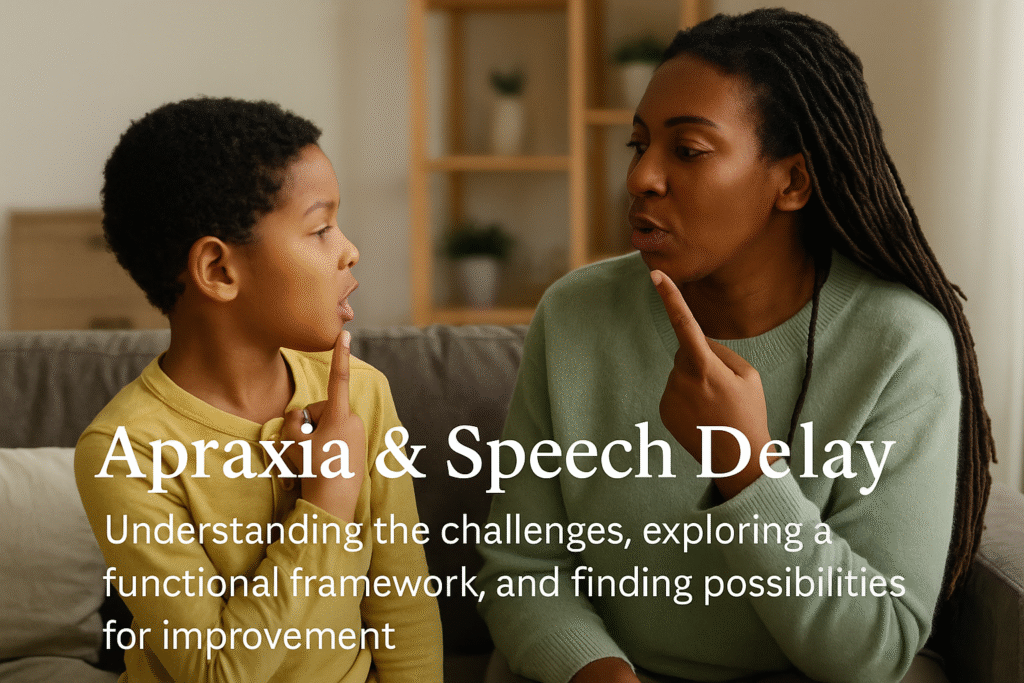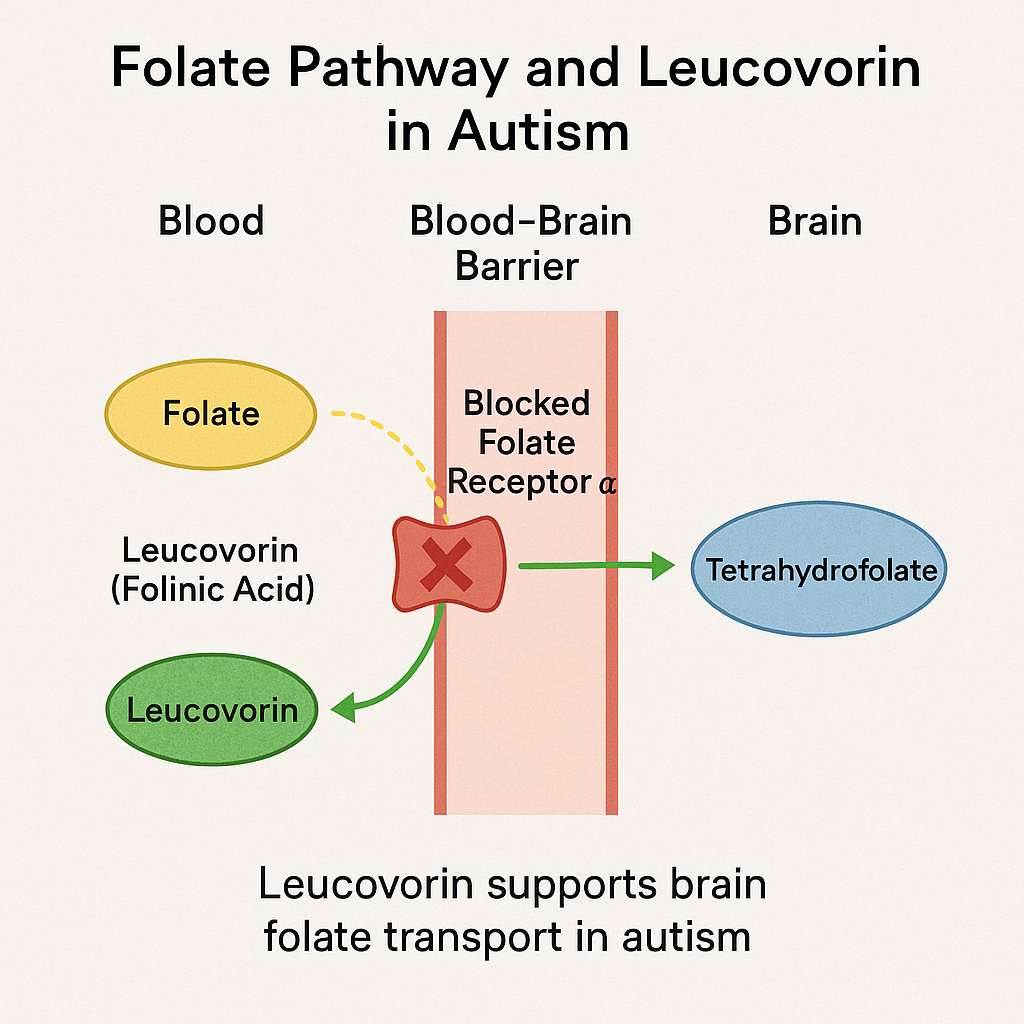Parents often feel like they’re trying to make sense of symptoms without enough information. Behavior changes, irritability, sleep struggles, digestive challenges, and sensory overwhelm can feel random or disconnected. You may sense that something deeper is going on, but without clarity, it’s hard to know where to start or how to help.
Functional labs such as the Organic Acid Test (OAT), food sensitivity panels, and stool testing don’t diagnose conditions — but they do help us understand what may be happening beneath the surface. They add missing pieces to the story so families can begin to see the “why” behind the symptoms they observe each day. With more context, we can create a roadmap that feels grounded, intentional, and far less overwhelming.
Understanding What We Didn’t Know Was There — and What to Focus On
One of the most helpful aspects of functional labs is that they often reveal things we didn’t even know were there — patterns that would be impossible to identify through symptoms alone. Sometimes this includes microbial overgrowth that may influence irritability or impulsiveness, early signs of mold exposure connected to sensitivities or fatigue, or indicators of possible heavy metal burden affecting regulation.
These aren’t diagnoses, but they do give families clarity. When we understand what’s happening beneath the surface, it becomes much easier to see what to focus on, what may need deeper support, and where to direct our energy next. Instead of guessing, we begin taking steps that make sense for the child’s unique needs.
Tweaking Lifestyle Changes With More Intention
Once we have a clearer picture of what systems may be under stress, we can begin to tweak lifestyle changes more intentionally and address environmental exposures we may have been unaware of. Sometimes this looks like investigating an old leak in a bedroom closet that might be contributing to hidden mold exposure, or removing a food we had no idea was creating so much inflammation and havoc in the body.
These small but meaningful discoveries help families make changes that truly support the areas needing attention, rather than guessing or trying everything at once.
Saving Time, Money, and Starting the Real Work Sooner
The first visit with a functional medicine provider often involves ordering labs, explaining why those labs are needed, and scheduling yet another appointment to review the results. This can lead to weeks or even months of waiting before any real plan begins — and it usually comes with significant cost.
By helping families order these labs ahead of time, this entire step is already complete before they ever walk into that first appointment. Parents arrive with results in hand and a basic understanding of what the labs measure, instead of spending the initial visit on the groundwork.
This preparation completely shifts the experience. Families feel more confident and grounded, providers appreciate the efficiency, and the conversation can immediately focus on next steps instead of logistics. Children benefit earlier because supportive changes have already begun, and parents get far more value from that very first visit.
Choosing the Right Practitioner With Clarity
Once we see the broader picture, it becomes much easier to identify what type of practitioner will best support the next phase — whether that’s a functional pediatrician, a MAPS provider, an environmental medicine specialist, or another targeted expert.
Families are no longer cycling through offices or guessing which path to take. They’re moving forward with confidence and direction.
Final Thoughts
While a functional doctor will still run further testing to complete the picture, having foundational labs ready means the real work can begin sooner. Instead of spending weeks waiting for results or reviewing the basics, families can walk into the first appointment with context, clarity, and clear priorities. This makes the visit far more productive: you can refine what to focus on, begin targeted lifestyle changes right away, and, if appropriate, your provider can move more quickly into prescribing support or outlining a more advanced care plan. You save time, avoid delays, and start moving forward immediately.
Visit the Work with Me page to learn more about working together. Book a discovery call to see whether this approach is right for your family.






